Here are some suggestions for figuring out the value of your items. It may seem difficult and time-consuming, but it may not be so. You may be able to find your answer very quickly.
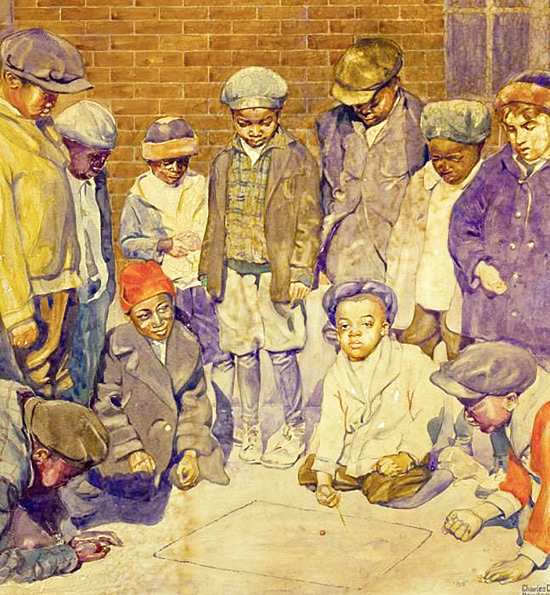
First, try the web
It’s obviously easier to research an item if you know its maker. So try to find an artist or manufacturer’s name on it.
Google your item using any and all keywords that relate to it. Click through to websites, experts or others who may have information. Many items have spawned collectors’ clubs and online museums operated by people who have become experts on their collections. Email mail them for assistance.
Check eBay to see if anything similar is being sold there. Keep in mind that eBay is like a giant flea market. Most people want to pay as little as possible for items – there’s nothing wrong with that, it’s just who we are. You’ll sometimes find the same item selling for $10 and $100.
Nevertheless, it’ll give you some idea of what the item is worth to millions of buyers around the world. Also, if it doesn’t show up, that’s telling, too: Possibly the item is not very common and that can be good. EBay also has a community of experts who show up in forums to answer questions about specific items. Check out the eBay forums relating to your item.
If you can’t find the exact item on eBay, look for something close to it or the manufacturer’s other items.
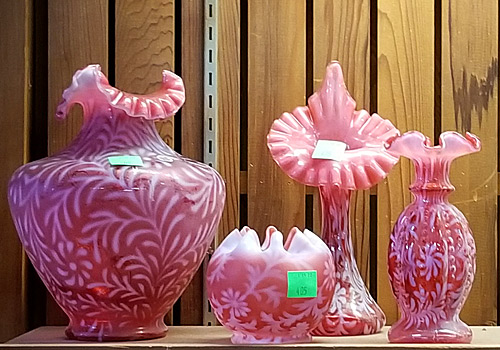
Go to the library or browse at a bookstore
Go to the Collectibles and Antiques section and look for current price guides pertaining to your item. If there’s no specific book, look through general antiques and collectibles price guides. Find a comfortable chair, open the books and spend some time looking through them. Take notes.
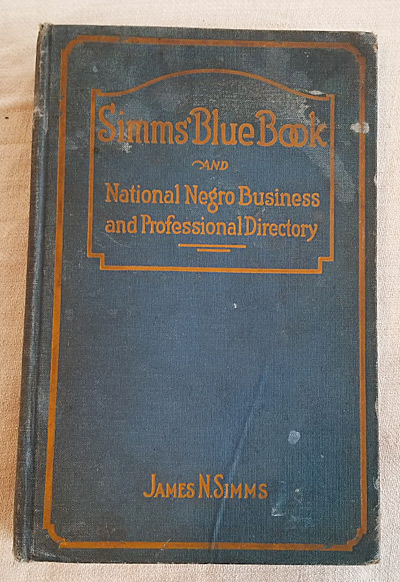
Go to a local antiques and collectibles shop or an auction house
These places usually have experts in various fields, so you’re likely to get someone who knows what they’re talking about. Find an auction house near you via auctionzip.com (see more below) and an antiques/collectibles shop by Googling.
Research a few of these places and choose ones that seem reputable. Some will request that you send them a photo in an email. Ask the staffers for a cursory (or ball-park or eyeball) appraisal. They will examine it and give you an estimate based on their expertise. Some are willing to do so at no cost. Be sure to ask, though. If on-site, make sure the appraisal is done in front of you. I always suggest caution, especially if you don’t know what your item is worth.
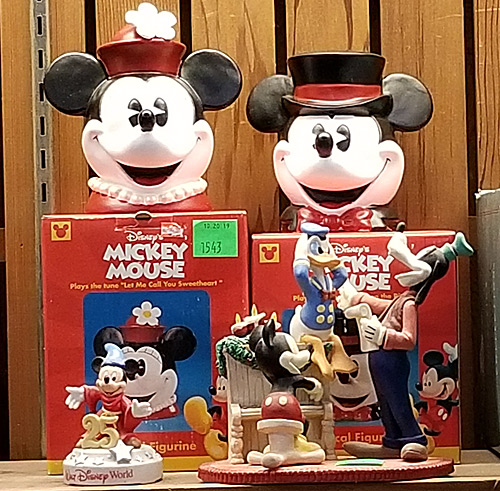
Get a free or reduced-price appraisal
Some auction houses offer free or reduced-price appraisals on certain days of the week or a few times a month. Find those places in your hometown or close by. Sometimes organizations will hold them, bringing in experts from these same auction houses.
You can find them by Googling the keywords auction houses and your town. Go to their websites and see if they offer these free or reduced-price appraisals.
You can find auction houses in your area through auctionzip.com. Just write in your zip code and you’ll get a list of auctions along with the name of the auction houses. Check out their websites, do an internet search of them, and go to one or two of their auctions to determine the staff’s trustworthiness.
Their websites should tell you whether they offer free or reduced-price appraisals. If they do house visits for an initial free consultation, take them up on it. But don’t be pushed into hiring them if you feel uncomfortable. It’s your decision.
Some auction houses send experts to organizations for an afternoon of appraisals as a fundraising event. They are usually done free of charge to the organization. The patrons are charged a small fee for the appraisal. I’ve been to several of those, including Antiques Roadshow.
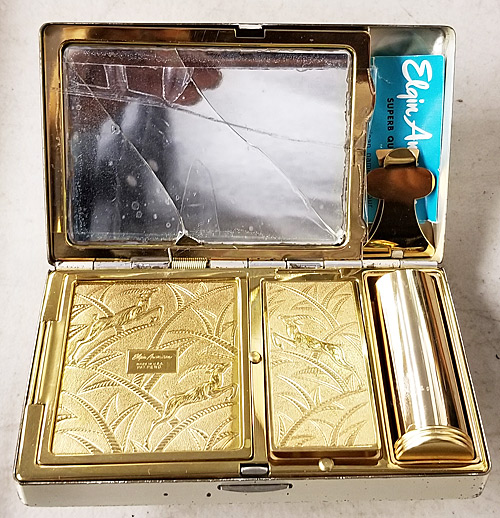
Pay for a professional appraisal
Appraising your collectibles, artwork or other valuable property is something all collectors should do. Appraisals aren’t cheap, but they’re worth it. The cost of the appraisal will likely depend on the amount of work required. Always get an estimate of the cost up-front.
The American Society of Appraisers – which has local chapters across the country – is a good place to look for a certified appraiser. On the website of the Philadelphia chapter, I read the section on members in the news to see whose names were mentioned, who were conducting sessions and who were receiving awards for their work. Those were among the ones I’d call if I needed an appraiser.
I warn people not to sell to the company or person who’s doing the appraisal. You don’t want anyone low-balling the appraisal so they can get it cheap from you and sell it high to someone else. Even if the company is reputable, I still don’t think it’s a good idea.
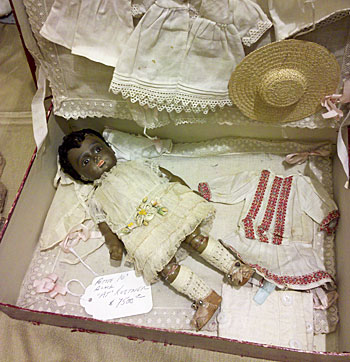
Selling your items
The ways to sell are varied, and you’ll have to decide the route to go depending on the item. If you have a house full of stuff, consider an estate sale right there on the property or at an auction house. I’ve been to both. Usually, the sales on site include the house and its contents.
You can also sell individual items and collections through an auction house. Remember, though, that you may not get back the loads of money you put into that wonderful collection. Times change, and what was once popular may not be popular anymore.
Places to sell items have ballooned, so it’s a good idea to Google to see what’s available locally and nationally.

Insuring your items
After getting your pieces appraised, check the company that has your homeowners policy about insuring your collectibles. Most insurance companies will give you a discount for multiple policies.
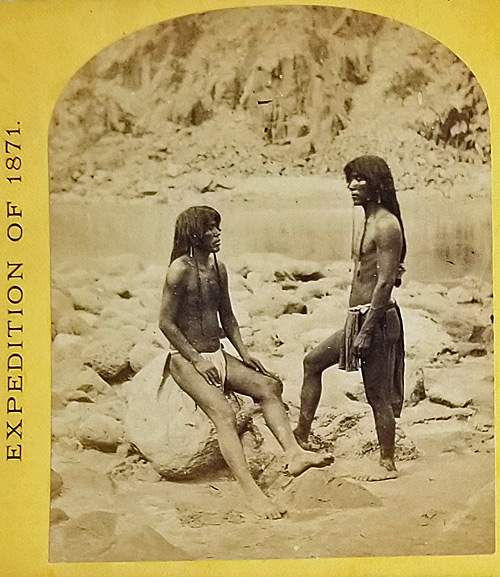
Where to look for more information
The Smithsonian American Art Museum website provides research tools to help you determine the value of your art and collectibles. Googling, you can find several sites to sell books.
The Philadelphia Print Shop’s website offers suggestions on appraisals, along with tips on how to do it on your own, which includes some of the actions I’ve outlined.
What are your suggestions?
If you have other suggestions, please send them along.
